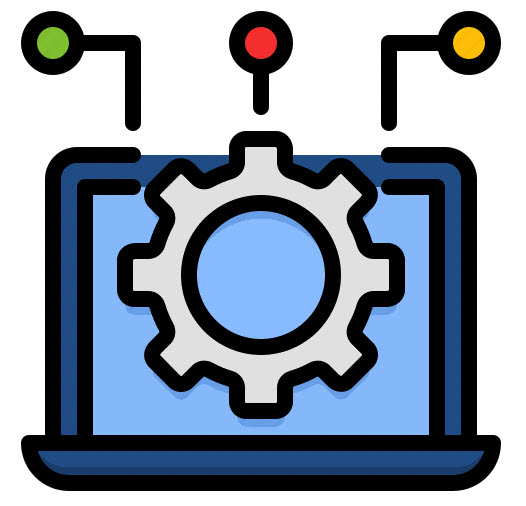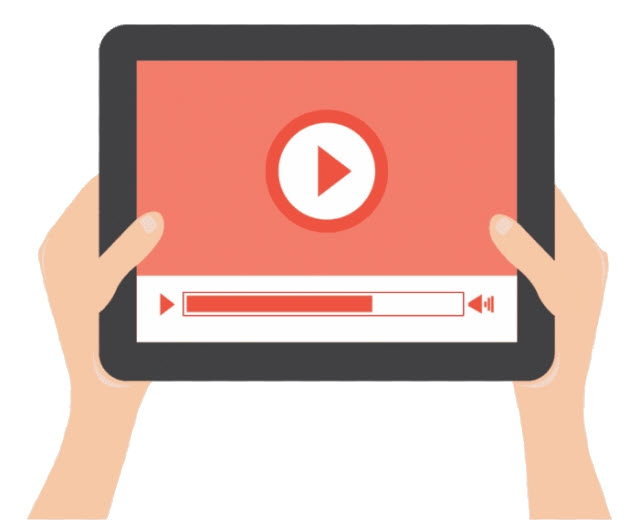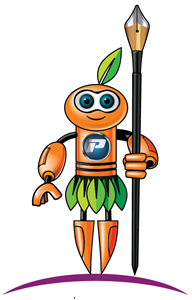29 Jun Emerging Technologies
- Anitha Sethumadhava Rao
TWT Pune took an initiative for all tech writers, researchers, and subject matter experts to participate in a Pan India Whitepaper contest on April, 2023. Among several participants, Anitha Sethumadhava Rao emerged as the winner.
Technical Writers’ ever-challenging endeavour to convey information the best way using the best possible techniques!
Introduction
In an ever-changing technological landscape, it is imperative that Technical Writers are up to speed on the changing trends and effectively communicate complex information to users. Especially with the evolution of social media, users are now accustomed to consuming information on the go – with information always at their fingertips. Though we cannot weigh out conventional methods/modes of information delivery, the current generation demands innovative and quicker communication. As a result, Technical Writing has embraced several emerging trends and ensured that — whatever trend the user is hooked onto — appropriate information always reaches the end user in the most innovative manner.
In this white paper, let us explore some emerging trends that Technical Writers can use or are already using to connect with their end users while retaining their core focus on user experience and customer satisfaction.

Increased Availability of Online Tools and Platforms
Gone are the days when writers relied on standalone licensed tools to create documentation. Today, umpteen tools (some even for free or trial versions) available online have allowed writers not to be fixated to a particular tool. With format-agnostic language such as Markdown, writers’ freedom went a notch higher as they need not worry about formatting and focus their creativity solely on creating content. Instead, freely available tools convert Markdown documents into user-friendly formatted documents.
Not just editing tools; there are free tools available online for every need, such as planning, editing, creating diagrams, content management, publishing, and so on. Based on the writer’s requirement, they could upgrade the tool to a licensed version to enjoy additional features.

What is fascinating is that Cloud-based version control tools such as Git, Github, and GitLab store information on the Cloud so that a writer is not locked to the same device to resume their work. Fostering a distributed work model, the Cloud-based collaboration tools enable writers to log in from any device from anywhere to access their work. All that is needed is a login to the required workspace to access appropriate tools. Life can’t get any easier than this!
Using Artificial Intelligence and Machine Learning

Everybody in the world is talking about Artificial Intelligence (AI) and how it can impact our day-to-day lives. But, as if online search tools were not enough, AI tools such as ChatGPT are revolutionizing content creation with quick turnaround of quality content.
Engineering teams are constantly working in an agile model to deliver their products quickly to their customers. To match their pace, Documentation experts are hard-pressed to use swift content creation methods using AI, automation, machine learning, and content reuse. Unfortunately, traditional documentation methods lack the finesse and acumen to deliver quality documentation within the required time, while AI has successfully automated tasks that would otherwise need human intervention.
Artificial intelligence has also been productive in creating simulative models using 3D and CAD modelling techniques enabling architects to explain their designs effectively. Explaining such complex models through traditional documentation methods is daunting and challenging.
Using Media-Based Content to Enhance Documentation
Like the famous saying, “A picture speaks a hundred words,” an innovative UX design is far more communicative than a lengthy paragraph. In contrast to the standard printed book-based documentation, online documentation has immense scope for explaining concepts using different media types such as videos, infographics, animated gifs, and pictures. Media-rich documentation is the need of the hour to demonstrate eye-catching how-to videos versus plain text procedures and to use graphics that enhance the impact of documentation.
It is a known fact that visual communication surpasses textual correspondence. Excellent graphics in documentation not just improve readability but retain the reader’s attention. In fact, SEO principles also rate pages with mixed content, such as videos and graphics, higher than pages with just plain text. Therefore, bloggers pack in as much media-rich content on their pages so that their website appears in the SERP. Technical communicators have taken a cue from this and made online documentation enjoyable by explaining complex technical concepts using infographics or innovative diagrams, which are easy to draw, thanks to the countless free drawing tools available on the Web.

Virtual Reality and Augmented Reality
Creating, or rather simulating, an interactive user experience has been the latest trend used by connoisseurs worldwide to give their customers a life-like experience. For instance, consider that you walk into a shop and want to take a virtual tour to find the item you are looking for. All you need to do is to put on a Virtual Reality headset and virtually walk around the store. Now, how cool is that!
Virtual Reality (VR) has opened up new arenas to simulate computer-generated environments that users can interact with. Unlike most people who think VR is limited to gaming, multiple sectors ranging from healthcare, real estate, the automobile industry, and tourism, to name a few, are using this amazing technology to explore, experiment, and experience real-time situations. Otherwise, automobile industries would need to build expensive car prototypes irrespective of whether they plan to proceed with their plans.
Similarly, Augmented Reality (AR) takes the virtual experience to the next level by combining it with the real world. Without a headset like in VR, users can experience AR from the comfort of their smartphones or any handheld device. As a result, AR has already become a part of our daily lives, with many companies embracing this technology to give a different experience to their customers.

One of the most popular AR implementations was Nintendo’s Pokémon Go app, and we also can’t forget Google Glasses. Social media apps such as Snapchat use AR to provide creative filters that enhance and beautify photos posted on their apps. In addition, IKEA gave their customers the convenience of visualizing a piece of furniture in their living room using AR technology.
The impact that VR and AR have brought to change and influence people’s notion of customer experience is unmatched and has a long way to go in the coming years.
Big Data Analytics for Driving Documentation Quality
Understanding the customer’s needs and evaluating the industry trend is crucial for a company to design and position its product in the market; and, ultimately, increase its revenue and profits. In such a scenario, Big Data plays a huge role in enabling companies to establish strategies that directly target their customer base.
While the software industry uses data-driven analysis to understand users’ interaction with the products and if their code logic has successfully solved customers’ problems, Technical Communicators chase different metrics such as keyword searches, social media patterns, and support calls. In addition to data from online patterns, Big Data also provides information from external environments such as market campaigns, consumers, researchers, etc. These metrics provide valuable information on the document’s usability and pointers on how to improve the existing documentation.
Are Emerging Trends taking over Conventional Methods of Documentation?
Trends are inevitable and bound to come, changing and challenging conventional methods, but it is important to note that trends do change and are not constant. What remains untouched is the core skill, and trends just revolve around them. Even in documentation, a Technical Writer’s ability to understand and represent complex concepts in simple words is irreplaceable, no matter what the latest trend is used as a delivery mechanism.
Traditional plain text documentation is here to stay and can only partially be ruled out. Using writing methodologies such as topic-based writing and DITA, Technical Writers can write concise documentation snippets that are not just topic-based but user based. In such instances, reading a short snippet will be quicker than viewing a 1-minute video.
Afterthoughts
While implementing emerging technologies elevates the standard of your documentation, Technical Writers must constantly upgrade and upskill to be on par with the writing practices in the industry. Lagging behind technology can pose a significant challenge for writers and, in turn, impact readers’ accessibility to documentation. Nevertheless, emerging trends prove to be game changers for technical writers in improving customer experience. However, it is essential to note that these trends are constantly evolving; hence, writers must be ready to adapt themselves and their documentation to the changing technological needs of the industry.
Looking at the changing trends, the future of Technical Writing will be centered around improving documentation efficiency and experience and making a lasting impact on the business. Undoubtedly, online tools, AI, ML, and simulations will greatly influence such a change.
Whatever the change the emerging trends bring into the Technical Writing space, let us remember from where we evolved and focus on improving customer experience – whether through new or old methods.
About the Author
Anitha Sethumadhava Rao is a passionate Technical Writer who holds a Master’s Degree in Computer Application. She loves to read and write about technology and enjoys explaining complex technical concepts in simple words. In addition to writing, she spends her free time reading, gardening, and pursuing her passion for dance.
Current Role: Senior Technical Writer
Country: Malaysia
Connect at LinkedIn

“The advance of technology is based on making it fit in so that you don't really even notice it, so it's part of everyday life.”
- Bill Gates, Co-founder of Microsoft.




No Comments